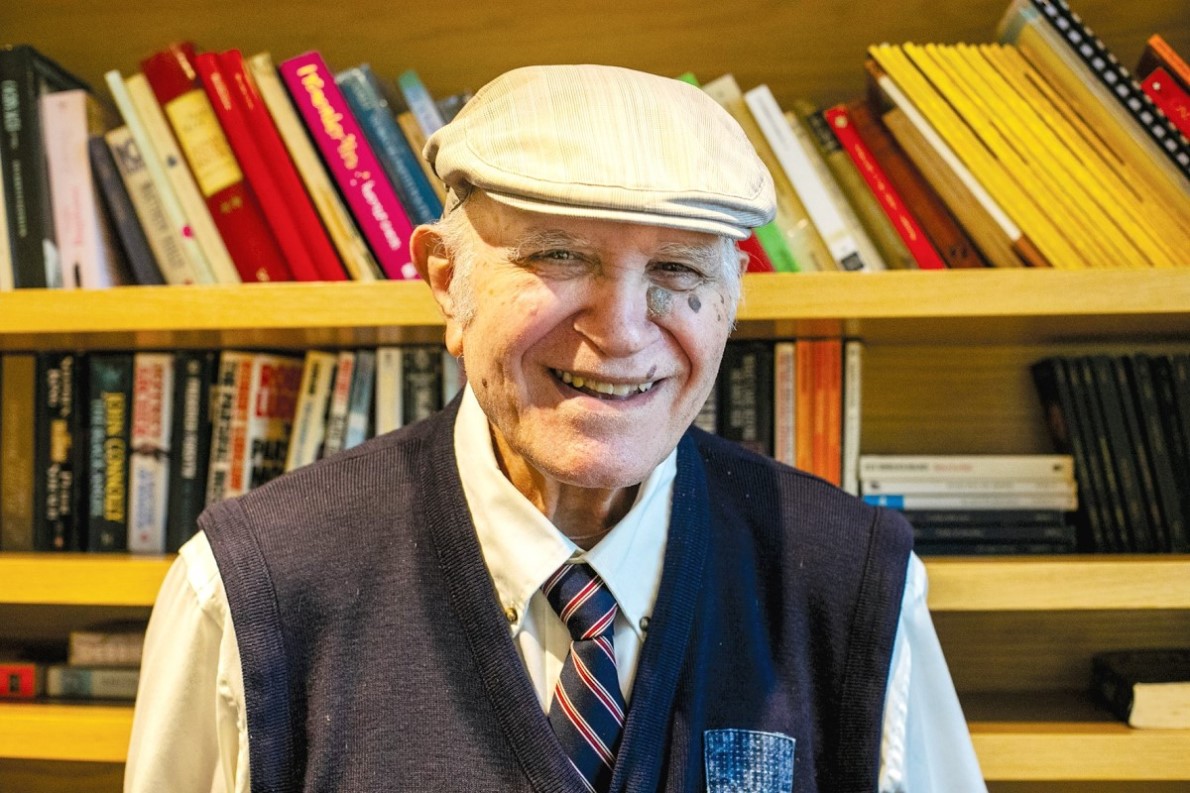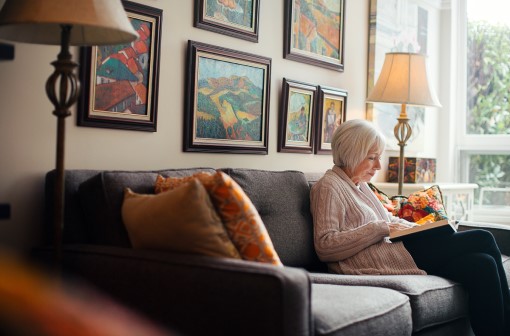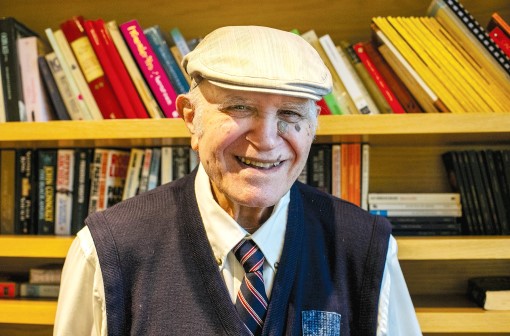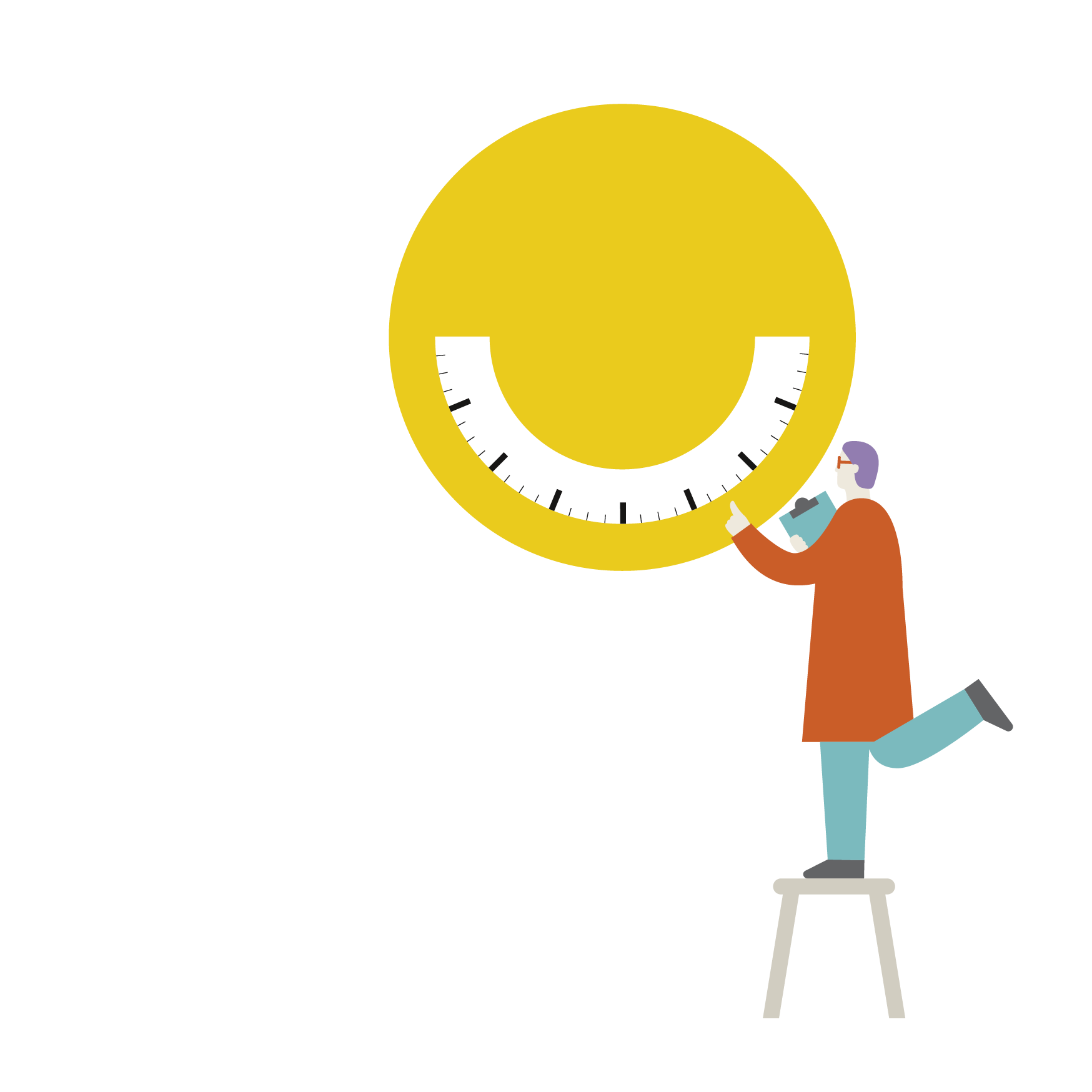“I watch other people and some of them are much worse off than me. That reminds me to be satisfied with what I still have.”—Peter Sirianni.
Key points
- As we age, we tend to become happier, with Australian Unity Wellbeing Index data showing that people aged 76 and over have the highest wellbeing scores of all.
- The mid-life crisis is real: people between 46 and 55 have the lowest wellbeing scores as they juggle the competing demands of career, family and finances.
- Australian Unity Wellbeing Index research found that our sense of connectedness with the community steadily increases after the age of 55, with people over 76 reporting the highest levels of community connectedness.
As a child growing up in in the southern Italian region of Calabria, Peter Sirianni desperately wanted a donkey. The reason? His grandfather had a property way up in the mountains and the only way to get there was on foot.
“We had to walk for four hours,” recalls Peter. “I was jealous of the other people that owned a donkey and would say to my grandfather, “Why don't you buy one too?’”
“But once I got to his property, it was such a beautiful place, high in the hills. Suddenly, I didn't care about not having a donkey anymore.”
Peter recounts this anecdote to illustrate how, as he’s gotten older, he’s learned the key to happiness is to appreciate what he’s got.
He’s 84 now and lives in residential aged care at Australian Unity’s Rathdowne Place in Melbourne. Peter concedes that he’s battling a few health issues—he requires a cane to walk and takes “a lot of tablets”. Yet his outlook remains defiantly upbeat.
“I watch other people and some of them are much worse off than me,” says Peter. “That reminds me to be satisfied with what I still have.”

Our golden years
Peter’s happiness in his golden years is consistent with key findings from the Australian Unity Wellbeing Index.
While old age is often characterised as a decline into frailty and isolation, our research shows that, aside from a slight middle-age dip, our personal wellbeing actually trends upwards through to retirement and beyond.
In fact, the data shows that people aged 76 and over have the highest wellbeing scores of all. So how do we account for this steady improvement?
“As people age, they often become more comfortable in their own skin,” says Beverly Smith, Executive General Manager of Residential Communities at Australian Unity.
“They've achieved a lot of the things that they want to, and they're now in that headspace where they can kick back and enjoy life without some of the financial pressures that younger people might feel.”
Changing values
Admittedly, not everything gets rosier as we age. Our health tends to decline, as does our satisfaction with our physical wellbeing.
But these downturns are offset by a host of compensatory factors. The Australian Unity Wellbeing Index shows that, as the years tick by, we develop a greater sense of satisfaction with our standard of living, relationships, future security and connection to the community.
That last factor is particularly significant. Community connectedness is proven to contribute greatly to our sense of wellbeing—and, despite widespread concern about feeling isolated as we age, it’s something that many older Australians have in abundance.
In fact, Australian Unity Wellbeing Index research found that connectedness steadily increases after the age of 55, with people over 76 reporting the highest levels of connectedness and social support.

The mid-life malaise
But there’s one conspicuous blip on this wellbeing graph. Our low point for satisfaction comes in midlife—specifically between the ages of 46 to 55.
This is a time when people often get caught in a crossfire of competing financial and emotional pressures.
They may be juggling more responsibility at work while raising a family and coping with the hands-on demands of elderly parents.
But it’s also a watershed moment of reflection. As the French author Victor Hugo once said, “Forty is the old age of youth; fifty is the youth of old age”.
Consequently, Beverly believes this can become a period of intense self-scrutiny where people struggle to reconcile their actual circumstances with their earlier hopes and dreams.
“I think there's a lot of fear of missing out through that decade,” she says.
“This is when people imagine they'd be successful in their career, have a big house and the mortgage paid down. But the reality is that a lot of those goals are either very difficult to achieve or simply keep on moving.”
There’s no doubt that this can prove to be a challenging transition. But it’s also a very normal and natural stage of life.
“It’s the time when we truly evaluate what's important,” Beverly says.
The good news is that our data shows that things steadily improve from there, with wellbeing scores consistently rising from our mid-50s onwards.
In other words, there’s light at the end of the tunnel—even if you still don’t happen to own a donkey.








